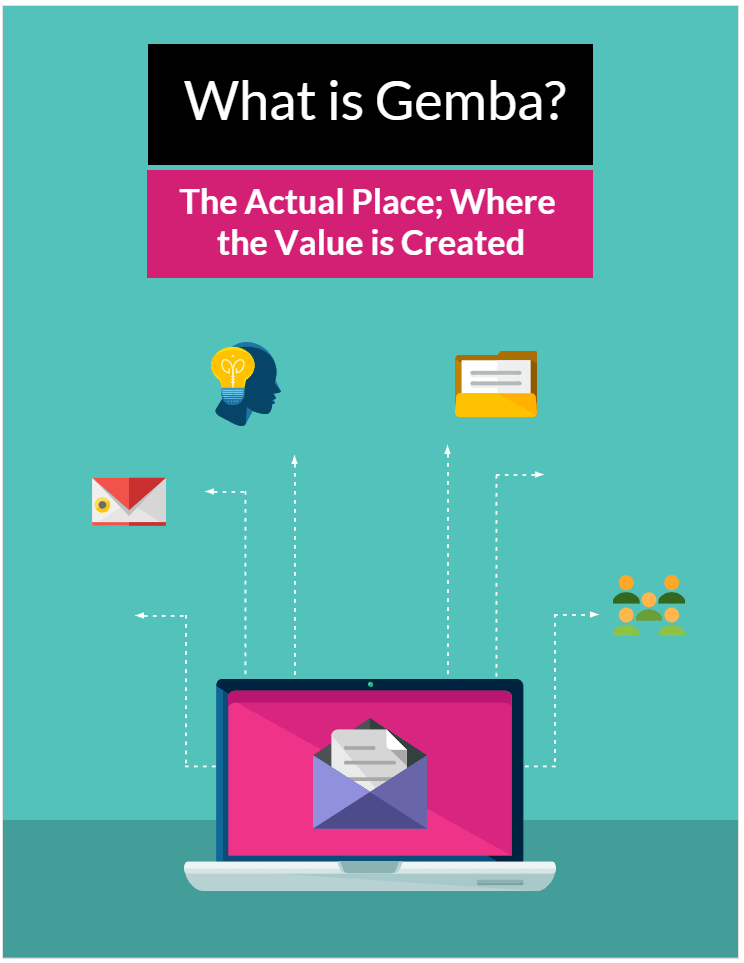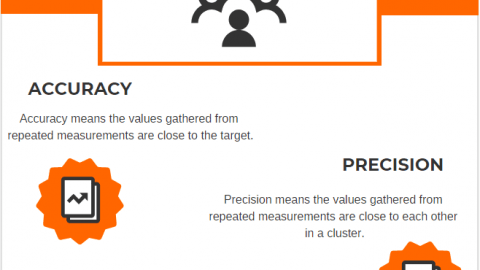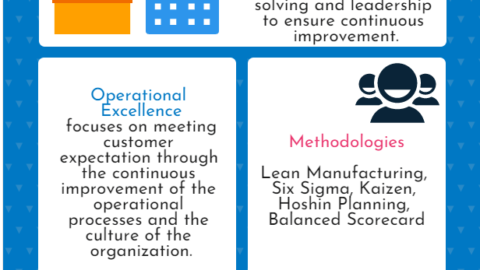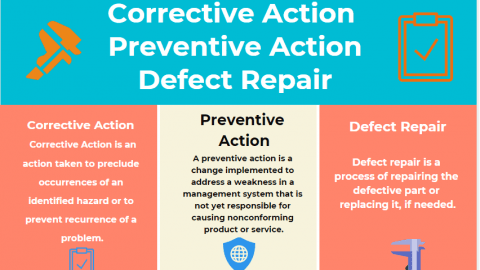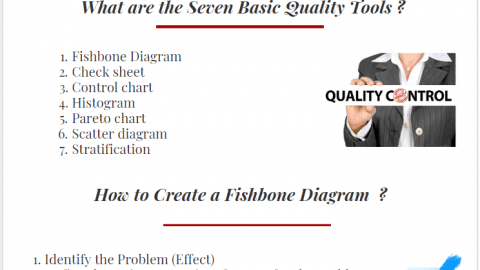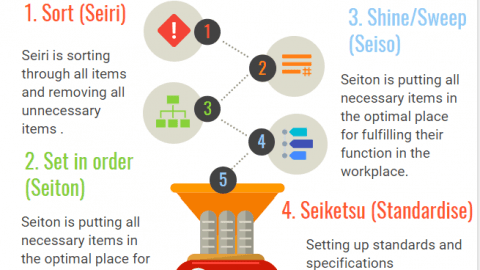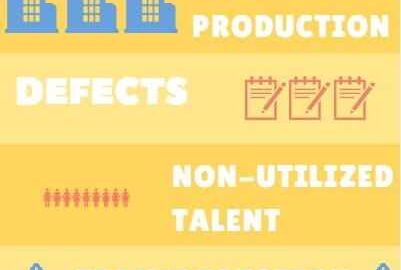The Actual Place; Where the Value is Created.
What is Gemba? The Actual Place; where the Value is created. Let’s deep dive into this Japanese term and how it is utilized in the work place.
Table of Contents
The ability to Observe Without Evaluating is the Highest Form of Intelligence.
Krishnamurti
Dear Reader, Welcome to Project Cubicle for another exciting philosophy of a Great Mind! If this is your first time here, we’d like to officially welcome you as a New Member of the Project Cubicle Community. We are too excited to bring this theory to you, that’s why, without further ado, we’d like to begin talking about the infamous Gemba. What is Gemba?
Observation is a priceless ability of us, human beings. Utilizing the Power of Observation, we Comprehend, furthermore, we Learn. Our first introduction to learning about the world around us is observation. Consider an infant, even though it doesn’t have the full comprehension of language, the infant learns by carefully looking around and examining the surroundings, in other words, by Observation.
In this article we are going to discuss a strong utilization of this ability, a unique technique to bring improvement and innovation into the work place. However, there is one thing we should keep in mind; Succeeding to Be Objective at All Times.
One of the World’s Most Successful Observers, Joe Navarro, puts it as:
Observation is like a Muscle. It Grows Stronger with Use and Atrophies Without Use. Exercice Your Observation Muscle and you will become a More Powerful Decoder of the World Around You.
Joe Navarro
The Japanese term “Genba”, romanized as “Gemba”, carries numerous meanings. The most famous of them is “The Actual Place”. In Japanese Criminology, the term “Genba” refers to the crime scene and also in the Japanese media and publication industry indicate themselves as “reporting from the Genba”, for the Manufacturing field the genba is attributed to the “Factory Floor”, it can also be any “site” directly related with customer interaction or construction of the provided service.
All of these definitions agree on one thing:
“Gemba” refers to a place where the Value is created.
Similar to Manufacturing Industry, Quality Management treats “Gemba” as the Production Process and if there happens to be a problem, the engineers are required to examine the Gemba to construct a complete objective report of the encountered problem.
How did this term was introduced to Quality Management by the way?
First off, why do we need Quality Management?
Gemba & Quality Management
Quality Management’s principal idea is to produce and encourage the manufacturers to produce products that are of maximum excellence. Quality Management could be considered as the Insurance of this dynamic, that assures the rotation and constant innovation of the products. Quality Management is Customer-Driven, meaning, it is specifically focused on and gets its momentum from the needs and wants of the Consumer.
When it comes to the utilization of “Gemba” in Quality Management, the term is attributed to the Consumer or Customer’s Environment, in order to evaluate the potential risks and opportunities in the market. The collected data helps in both innovating the product and assuring that the Consumer’s wants or needs are being fulfilled by the manufactured product.
Okay, but how do we Apply the term Gemba in the Work Place?
Applying Gemba in the Work Place
Remember we said, about Gemba, it’s about Where the Action Happens?
Let’s think. Where does the action, really, happen?
In the Field.
Is that all? No, it’s not; we can consider each department per se, as a Place of Action or Value. The purpose of Gemba here is to Identify Waste.
Rather than reading pages-long field reports, the Leaders are obliged to step into the Field and be there to observe, objectively that is, while the value is being created by the Team Members, like watching a plant grow.
The Key Point?
Interference is not allowed.
Whether the Team Members are putting together a product entirely wrong or they are wasting a handful of the provided resources, the Leader’s task is to gather solid information about the Waste.
“What are the Team wasting?” is the question, Leader should ask.
“Why are they wasting it?” is another crucial step which should be far away from the circumference of the mind for the Leader.
With applying Gemba into the work environment, the Leader discovers that there might be differences between theory and practice phases of the product or service, in advance to understanding watching or monitoring these processes from a distance might not always be helpful or efficient, if the resources go naught.
Best way of coping with this waste is physically being there, understanding each step of the process, and asking question with the sole objective, to learn.
Physically being there?
Yes.
Genchi Gembutsu: Management by Walking Around or Doing the Gemba
The term “Genchi Gembutsu” originally means “Go, Look, See” however is found comparable to Management by Walking Around by the specialists.
This Japanese practice is taught to Executives and Directors by a Lean Teacher, or a Sensei with the duration of 6 months to a year. After learning the practice from the experts, Executives and Directors can “Do the Gemba” by themselves. During this period, the Leaders spend 45 to 60 minutes in the Gemba, work place, weekly or once in every two weeks.
This means that the company or organization should spare a certain amount of the resources to invest in Lean Education.
Because this practice brings challenges and the need to innovate relentlessly. The practicians of Gemba should attend to Lean Events that are hosted anually by the Lean Philosophy Experts. Furthermore, the practicians of the Gemba, in other words, Leaders, should always keep themselves updated about the current trends in their industries, doing the Gemba means becoming a permanent Student.
Applying the Gemba practice means learning and utilizing specific contextual design and contextual inquiry methods targeting the gathering of insights in the Gemba, work environment.
The purpose of Doing the Gemba is Improvement; the Japanese put it as “Kaizen”, “Change for Better”.
The Leader Observes to Improve.
The objective of Change is Improvement as we’ve been discussing in our recent articles. Similarly, the Leader does the Gemba to improve.
And that is basically all about the Gemba!
Bottom Line
In this article, we explored a Japanese term, called Gemba that means “The Actual Place” or “Where the Value is Created”. We learned that Leaders do the Gemba in order to spot the potential risks or opportunities, but more importantly to identify Waste in the Work Place by spending 45 to 60 minutes in the Work Environment of the Team. The Key to Gemba, once again, is that no interference is allowed; the Leader observes each process carefully and records what actually happens in the work place, the “Why?”s and the solution to occurring problems must come later if there is a desire to achieve Improvement in the Organization, Department, or generally more important. You should also keep in mind that the concerned Executives or Leaders do not do the Gemba by themselves and instead practice it, accompanied by a Sensei or a Lean Expert until they have the full-comprehension of the practice and later on they should attent to annual Lean Events and follow the trends of the industry to strenghten their knowledge and study of the Gemba.
What do you think about Gemba in Lean?
What is Gemba process in the work place?
Is there a technique or theory you would like us to cover here at Project Cubicle?
Let us know in the comments below!

